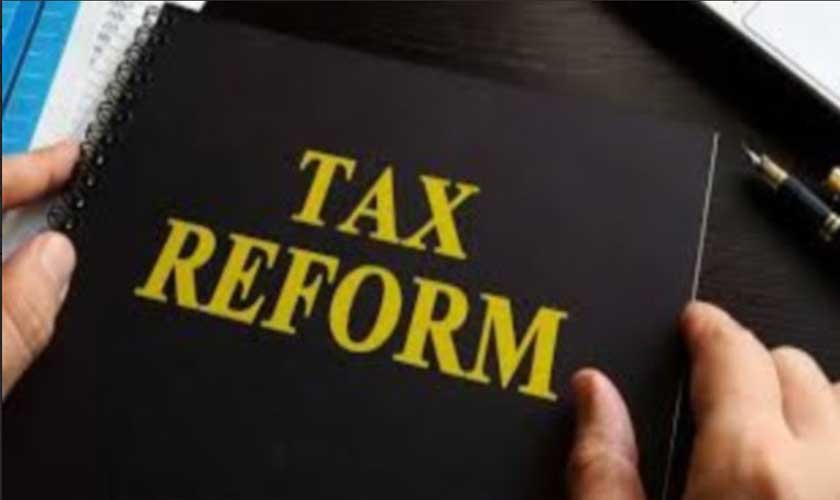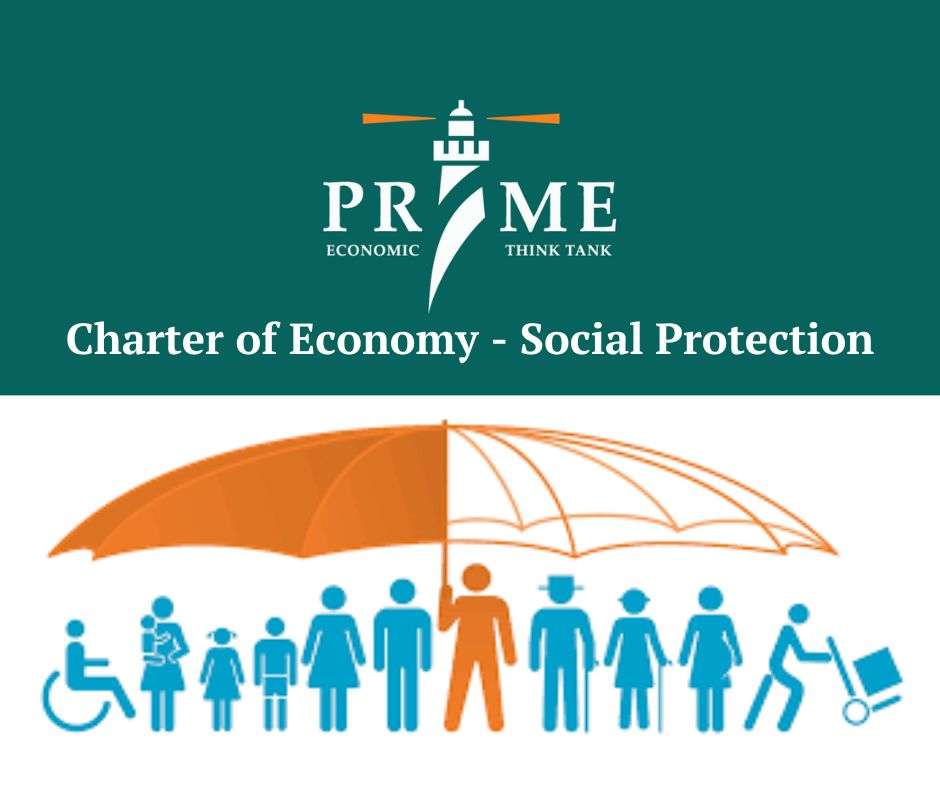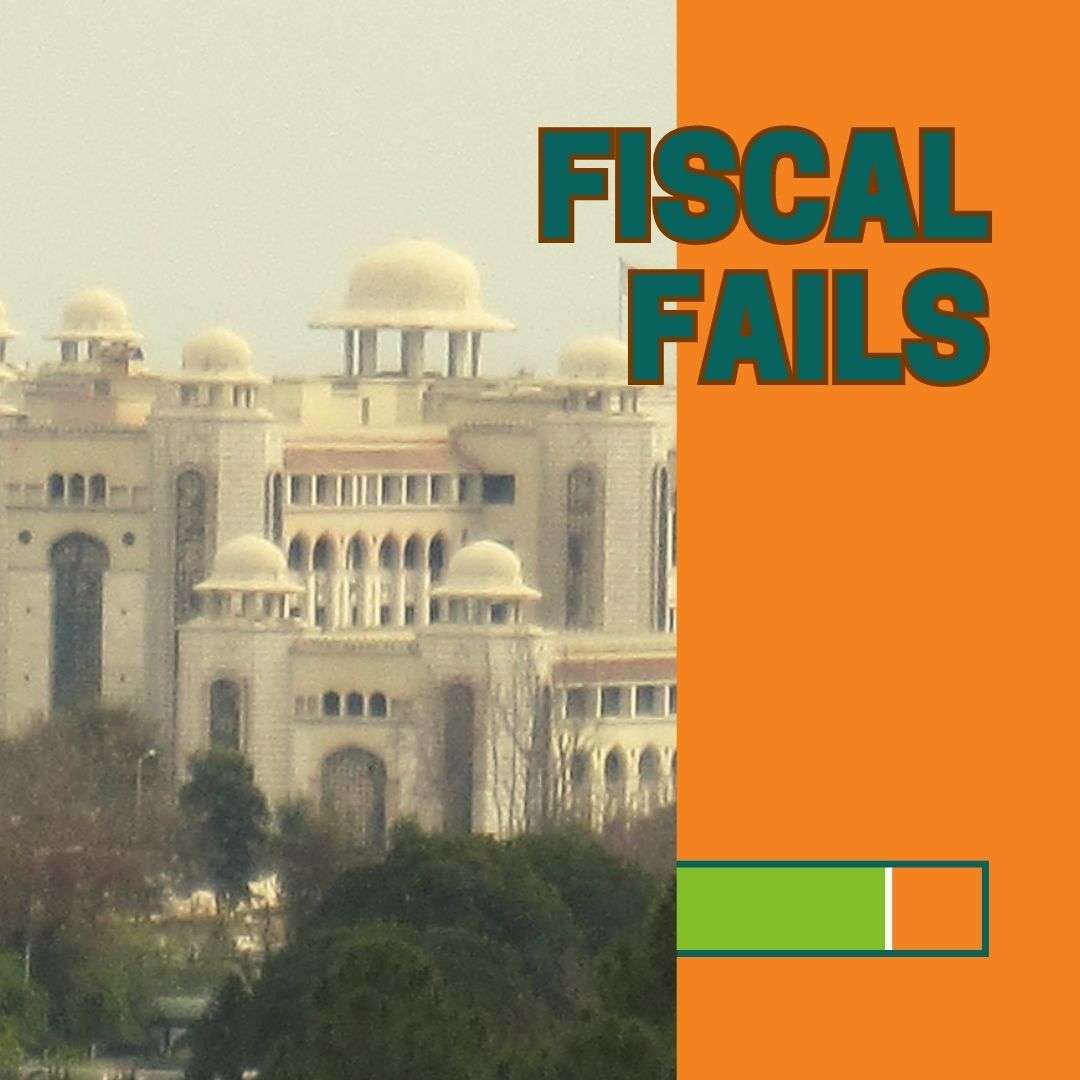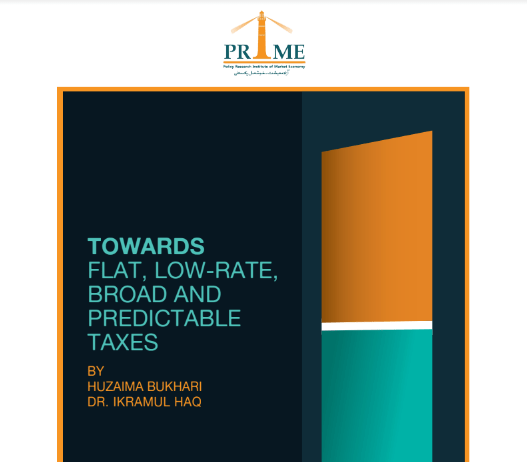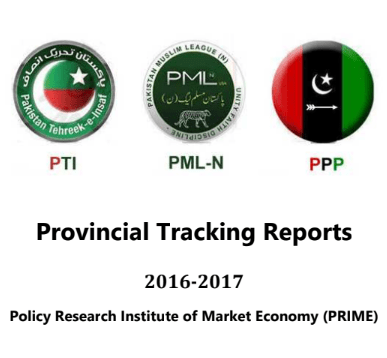Fiscal Indiscipline in Pakistan’s Public Sector
Pakistan’s economy has been facing severe financial challenges for several decades, and one of the primary reasons for this is the government’s lack of fiscal discipline. The government’s spending has been increasing rapidly in recent years, leading to a significant surge in the country’s budget deficit. To address these issues and ensure sustainable economic growth, the government needs to exercise fiscal restraint and focus on reducing its expenditures.
In the most recently published Pakistan Charter of Economy by the Policy Research Institute of Market Economy, we try to address some of the issues. Check out the section on spending restraint.
The government’s high level of spending is the primary reason for the country’s fiscal challenges. Pakistan’s government expenditures have been increasing significantly over the past few years, which has led to a substantial increase in its budget deficit. The government has been borrowing heavily to finance its spending, leading to a significant increase in the country’s debt burden.
Government Employees
- The government of Pakistan employs 3.2 Million persons, or 5.1% of total labor force, and 1.57% of the total population.
- The total government expenditure is 22% of GDP, and wages account for 3.6% of GDP and 19% of combined current expenditures of the Federal and Provincial Governments.
- The provincial government employees constitute half of the bureaucracy while the remaining work with the Federal Government.
- 35% of Federal employees work in security, 20% in infrastructure, and 18% in the energy sector.
- At the provincial level, 41% of the government workforce is engaged in the education sector. Together with health and security, constitute 75% of employees, and 72% of wage expenditure.
- 95% of government employees are in the unskilled (50%) and semi-skilled (45%) categories and constitute 85% of the wage bill.
- 1.4 million persons are employed by the military.
- In comparison, the ruling British raj needed no more than 1200 officers to conduct public services.
To address these issues, the government needs to reduce its spending. This can be achieved by cutting down on non-essential expenditures, eliminating all subsidies, and redirecting resources to more critical areas such as health, education, and infrastructure development. The government should prioritize spending on programs and projects that yield the most significant benefits for the country and cut down on expenditures that do not contribute to economic growth.
Curbing Expenditures
The government can also consider implementing austerity measures to reduce spending. These measures can include freezing salaries and benefits for government employees, reducing the number of government employees, and cutting down on travel and entertainment expenses. These measures will help the government save money, reduce the budget deficit, and improve the country’s fiscal health.
Efficiency
Another essential aspect of reducing government expenditures is improving the efficiency of public spending. In recent years, Pakistan’s government spending has been characterized by inefficiencies and waste. The government needs to implement policies that ensure public spending is directed toward projects and programs that yield the greatest benefits for the country. The government can achieve this by implementing a results-based management system that measures the impact of public spending and ensures that resources are allocated to projects that deliver the most significant results
Leakages from Corruption
The government also needs to focus on reducing corruption in public spending. Corruption has been a significant challenge in Pakistan, and it has contributed to the country’s fiscal challenges. The government needs to implement anti-corruption measures that promote transparency and accountability in public spending. This can be achieved by strengthening anti-corruption institutions, increasing transparency in public procurement, and improving oversight and monitoring of public spending.
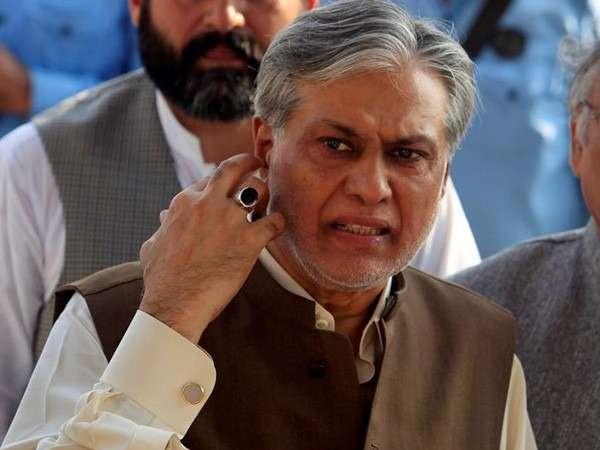
Finally, the government needs to explore opportunities for public-private partnerships to reduce government expenditures. Public-private partnerships can help the government deliver public services more efficiently and cost-effectively by leveraging private sector expertise and resources. The government can partner with private companies to provide services such as healthcare, education, and infrastructure development, which will help reduce government spending and improve the quality of public services.
In conclusion, Pakistan’s government needs to exercise fiscal restraint and focus on reducing its expenditures to address the country’s fiscal challenges. The government should prioritize spending on programs and projects that contribute to economic growth and reduce non-essential expenditures. The government should also implement policies to improve the efficiency of public spending, reduce corruption, and explore opportunities for public-private partnerships. By taking these steps, the government can reduce the budget deficit, improve the country’s fiscal health, and ensure sustainable economic growth in the years to come
Withholding Tax Regime: History, Consequences for Business and Implications for Policy
The contribution of Withholding Taxes in direct tax revenue has surpassed 75 percent, and it has brought in more than Rs. 860 billion to the government kitty in 2014-15. On the other hand, the number of tax return filers has gone down considerably from 1.8 million in 2006 to 0.85 million in 2014-15. The decision to apply a differentiated rate of Withholding Tax (WHT) on filers and non-filers, while penalizing the later, is seen as government’s attempt to bring people back into tax net. However, the unseen and unintended consequences of an increasingly complex WHT regime might be exact opposite. This analytical report discusses the history of WHT in Pakistan, its consequences for businesses and implications for the tax policy as well as tax administration.
To read the full report or download for offline reading, click here: Withholding Tax Regime: History, Consequences for Business and Implications for Policy
Towards Flat, Low-rate, Broad and Predictable Taxes
Federal and provincial governments in Pakistan have shown a lukewarm attitude in restructuring the country’s tax system to achieve efficiency, equity and to promote economic growth. Complex tax codes, complicated procedures, reliance on easily-collectable indirect taxes, weak enforcement, inefficiencies, incompetence and corruption are main factors for low tax collection.
Instead of broadening the tax base and simplifying laws, federal and provincial governments offer amnesties, immunities, tax-free perks and perquisites to powerful segments of society. As a result of this policy mindset, ordinary businesses and citizens suffer. This paper argues radical revamping and restructuring of the entire tax system, suggesting flat, low, broad and predictable taxes.
To read the full report or download for offline reading, click here: Towards Flat, Low-rate, Broad and Predictable Taxes
Provinces Tracking Report 2016-2017
Provincial Tracking Report reviews economic performance of three provinces, Khyber Pakhtunkhwa, Punjab and Sindh by tracking the progress made on the implementation of economic manifesto announced by the parties in power in these respective provinces i.e. Pakistan Tehreek-e-Insaaf (PTI), Pakistan Muslim League-Nawaz (PML-N) and Pakistan People’s Party-Parliamentarians (PPP-P). In case of Balochistan, the report includes a commentary on the socio-economic status of the province instead of following any manifesto
because of a mid-term change in the government. The purpose of the Provincial Tracking Report is to initiate and inform policy dialogue and public debate on the progress made by political parties vis-à-vis their electoral promises. This tracking directly serves the basic principle of a functioning democracy: accountability.
because of a mid-term change in the government. The purpose of the Provincial Tracking Report is to initiate and inform policy dialogue and public debate on the progress made by political parties vis-à-vis their electoral promises. This tracking directly serves the basic principle of a functioning democracy: accountability.
To read the full report or download for offline reading, click here: Provinces Tracking Report 2016-2017
- 1
- 2
- 3
- …
- 5
- Next Page »




